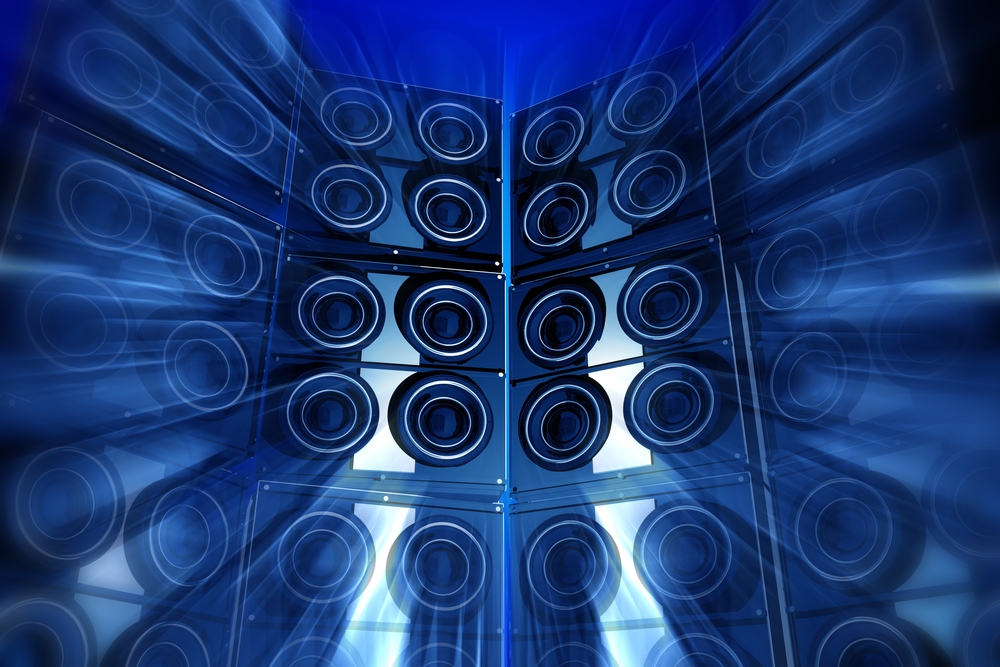No acoustic device is capable of producing as much boom or bass for an audio system than a subwoofer. Its presence is essential for making the whole system sound better on a whole different level.
When used precisely, a powered subwoofer relieves the burden from your primary amplifier. So it’s important to spend some time fine-tuning the subwoofer to get that better bass reproduction.
Is Louder better?
Most people think that the quality of sound exceeds its quantity, which refers to the volume. However, at times, it is hard to resist that inner longing for more bass for not only hearing but also feeling the music being played.
In the case of subwoofers, even little pushes in the volume are likely to go a long way. If these pushes are too much, then the tracks’ bottom ends can soon be a banging mess.
This increase in performance doesn’t have to come at a high cost. Indeed, there may be no need to spend at all if trying out our tips help you to find a sweet spot where the device can ensure your maximum bass end up working for you.
The location of this sweet spot shall differ, as per the furniture and other contents in the targeted room and its size or area. You will know that the bass is now right when it gives a feel of an evenly-spread layer while still retaining the balance and blending with the other speakers.
Read on to discover 4 cool hacks to increase your subwoofer’s bass.
1. Position Your Subwoofer Correctly

Location, location, location. Listening location, subwoofer location, and room fixtures and fittings all influence the performance of bass frequencies. The placement of a subwoofer is trivial for stereo imaging as compared to the primary or surround speakers. This is because the low frequencies are omnidirectional.
As a result, you may have several options in your listening area. Still, minor changes in the placement or location can affect the way the bass is heard by you where you sit. In a nutshell, it is best to experiment with different locations.
Just bear in mind that precise location is critical for subwoofers and other speakers. Of all the speakers, placing a subwoofer at the right spot is somewhat harsh. You cannot put it anywhere and then expect it to give the best bass.
Location Tips
If the main speakers are yet to be set, it is wise to get started by going through the basic instructions for ensuring boosted bass. Then, think of placing the sub correctly. Here are some tips to consider:
- Set up the subwoofer away from the front wall as well as between the main speakers. This also helps in boosting the room’s aesthetics.
- Set up a subwoofer on a wall’s side, midway between the rear and front walls. This one is, perhaps the most effective spot. You can expect it to be the ideal setup spot for a listening room.
- Implement the crawl for the bass technique if any of the tips above do not seem to work for you. In this technique, you move the sub gradually around the room while listening to it for ideal bass. Yes, it can be a bit tedious, as waves of sound reflect off of objects and walls to result in canceling out each other. This canceling will finally give you an amplified zone in your listening place.
2. Face the Connection Challenge
According to the brand and model are chosen, you may have more than one option to connect a subwoofer to a system. For instance, there may be sub input or line-in ports for connections. Usually, two ways exist to hook up a subwoofer to a home theater or a stereo system.
If a cable needs to go along with another wiring, have them at 90 degrees in a cross. Although it is fine to connect it to the leading speaker ends of the home theater or car stereo system, it’s usually not going to give the best bass.
Many modern pieces of audio equipment come with a devoted sub port in the form of a jack with a label of LFE or Sub to trigger low-frequency effects. Through this port, the receiving device functions in support of the sub. Those receivers that have calibration features due to which they optimize bass when a constant subwoofer connection is into play.
3. Make Crossover and Phase Adjustments
Once you come to know the best spot for your subwoofer, it may be essential to tune it further to get the best bass. Before playing the subwoofer, first, try and adjust its crossover. In the case of prominent main speakers standing on the floor, set the crossover within 40-60Hz.
If you are using smaller bookshelf speakers, let the crossover be 50-80Hz. In the case of tiny satellite speakers, 80-160Hz should be the crossover. Next, ensure that the subwoofer volume is at the intended level.
Finally, try adjusting the phase control if the option is there. It pays for a delay between the main speakers and the subwoofer. Get started with the standard or default position of the phase control setting.
If still, the sound is lacking bass, keep adjusting the control until you receive satisfactory bass. If needed, also adjust the stereo audio equalizer.
4. Use Subwoofer Pads
Separating a subwoofer can bring in a dramatic boost in bass clarity. When the sub transmits vibrations, the room belongs to the low-frequency generation system. Most of the time, it is not going to perform as well as a subwoofer.
So, if there is only one place for the sub, consider isolating it using isolation pads of high density, which are made up of closed-cell foam.
Conclusion
Using our 4 awesome hacks, by placing it precisely, connecting it well, and adjusting its phase and crossover settings, you can quickly increase bass in the subwoofer box and enjoy an even better sound experience.
Related Topic: 6 Fun Ways On How To Build A Sound System At Home
